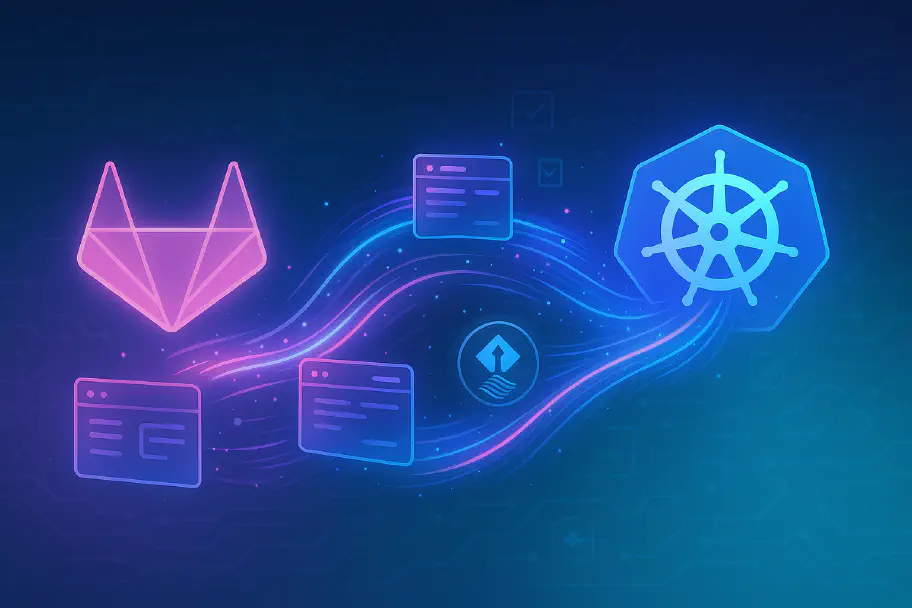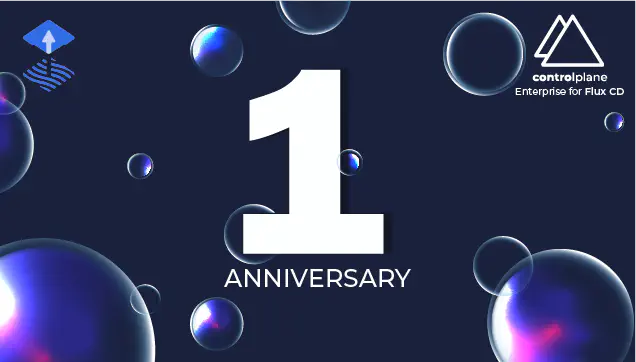What is Continuous Delivery & How Does It Work?

Features and fixes do not provide value for the user or the business unless shipped.
While this sentiment is widely accepted, it’s not always a philosophy businesses live by. Delivering value, swiftly, frequently, and safely is crucial. With virtual products, tooling, and services, there is no reason deployment can’t be automated and optimised. Continuous Delivery (CD) is an engineering practice of automating the process of building, testing, and preparing code changes for release. Through this automation we can ensure our software can be deployed to production at any time with minimal manual intervention.
The frequent releases of the current software state avoid the long and compounded pain of long release cycles, which are the bane of waterfall software projects. Instead, we continuously get early feedback on integration and deployment issues and address them before they escalate.
How Continuous Delivery Differs from Related Concepts
To truly grasp the power of CD, it’s important to distinguish it from closely related practices:
- Continuous Integration (CI): This focuses on automatically integrating code changes from multiple developers into a shared repository. Each integration triggers automated builds and tests to detect issues early. It’s a critical prior step to reaching Continuous Delivery
- Continuous Deployment: A natural extension of Continuous Delivery, this practice automates the final step of releasing changes to production without human intervention, provided all tests pass successfully.
While CI ensures that code changes are integrated and tested continuously, CD automates the release process itself. Continuous Deployment takes automation even further by eliminating the need for manual approval before deployment. Through Continuous Deployment you can ensure you’re truly comfortable with your automated assurances and can release fast and often. For many organisations Continuous Delivery is a great first target and has less blockers due to internal process and bureaucracy.
Why Continuous Delivery Matters
Accelerated Time-to-Market
In a competitive landscape, speed is a critical advantage. CD empowers teams to deliver new features, improvements, and fixes rapidly. By automating repetitive tasks, developers can focus on writing code and innovating, enabling organisations to respond swiftly to market demands.
Enhanced Reliability
Automation reduces the chances of human error, ensuring consistent, high-quality releases. Rigorous, automated testing catches issues early, preventing bugs from reaching production. This reliability builds confidence in both the development team and the end-users.
Evidence and Security
Through this automation and reliability you’re also collecting evidence for how a change progressed from your Version Control System (VCS) through, build, testing, staging, and deployment. With a sufficiently configured pipeline you can collect provenance related to your build and deployment to demonstrate what you built was correct and not tampered with throughout the process.
Greater Agility
Gone are the days of rigid release schedules. With CD, updates can be rolled out as soon as they’re ready. This agility allows organisations to adapt quickly to customer feedback, changing requirements, and emerging opportunities, delivering continuous value without delay.
Flux: Enabling Continuous Delivery in Kubernetes
When it comes to Kubernetes, managing deployments at scale can be complex. Enter Flux, a powerful tool designed to simplify and secure Continuous Delivery for Kubernetes environments. Flux automates the deployment of applications and infrastructure changes directly from version control, aligning perfectly with GitOps principles.
Security at the Core
Flux is built with security in mind, offering features that protect your deployment pipeline:
- Signed Commits: Verifies the authenticity of code changes, ensuring that only trusted updates are deployed.
- Role-Based Access Control (RBAC): Provides fine-grained permissions, allowing you to control who can make changes to your environments.
- Secure Secret Management: Seamlessly integrates with external secret management systems to handle sensitive data securely.
Real-World Impact: How Flux Simplifies Continuous Delivery
Flux shines in real-world scenarios:
- Multi-Environment Deployments: Manage deployments across development, staging, and production environments with tailored configurations for each.
- Disaster Recovery: In the event of a failure, quickly restore systems by redeploying the last known good configuration from version control.
- Scalable Infrastructure: Whether you’re managing a few services or a large, complex infrastructure, Flux scales effortlessly to meet your needs. The Advantages of Flux for Continuous Delivery
- GitOps-Driven Workflow: By using Git as the single source of truth, Flux ensures consistency and traceability across deployments.
- Declarative Configuration: Define the desired state of your systems declaratively, making it easy to manage changes, rollbacks, and audits.
- Comprehensive Observability: Flux provides real-time insights into deployment status, helping you detect and address issues before they escalate.
- Enterprise-Grade Scalability: Designed to handle the demands of large organisations, Flux supports complex Kubernetes environments without compromising performance.
Conclusion
Continuous Delivery is more than a buzzword, it’s a transformative approach to software development and deployment. By automating release processes, enhancing reliability, and increasing agility, CD helps organisations deliver better software, faster. With Flux, Continuous Delivery in Kubernetes becomes not only feasible but highly efficient and secure. Its GitOps-driven model, security features, and scalability make it an invaluable tool for teams looking to embrace modern DevOps practices. By adopting Flux, organisations can confidently navigate the challenges of today’s dynamic software landscape, delivering value continuously and reliably. At ControlPlane, we recognise Flux’s critical role in modern Continuous Delivery. That’s why we support CNCF’s Flux by sponsoring core maintainers and contributing to its evolution. Our collaboration led to the D1 Reference Architecture, where we identified key enterprise needs beyond the open source project. In response, we developed ControlPlane Enterprise for Flux — FIPS-compliant, 0-CVE, and supply chain-secured images, fully supported for production use. Now available on the AWS Marketplace or via our website, these enterprise-ready images bring security and reliability to your deployments.
Related blogs

Flux D2 Reference Architecture – Gitless GitOps for Secure Multi-Tenancy

Ephemeral Environments for GitLab Merge Requests with Flux Operator

